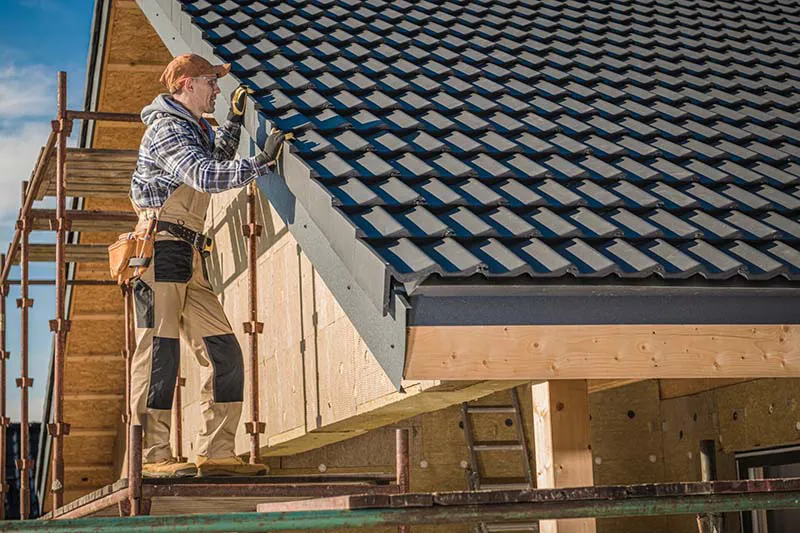Roof flashing is an essential component of any roofing system, playing a pivotal role in preventing leaks and ensuring the longevity of your roof. As a homeowner or building owner, understanding the intricacies of roof flashing can help you maintain the integrity of your roof and avoid costly repairs.
What is Roof Flashing?
Roof flashing is a protective seal strategically placed over the joints of a roof. These joints, being susceptible to water intrusion, need this added layer of protection to prevent leaks. The materials used for flashing vary, ranging from metals like aluminum, galvanized steel, and copper to asphalt-based materials, plastic, and even rubber. The choice of material often depends on the specific location and function of the flashing, as well as the type of roof in question.
The Crucial Role of Roof Flashing
The primary purpose of roof flashing is to seal roof joints and prevent water infiltration. However, its functionality doesn’t stop there. Flashing also:
- Directs water away from potential damage-prone areas, such as chimneys.
- Secures shingles in their place.
- Offers additional support to gutters and other roofing components.
In essence, roof flashing is a guardian against water damage, ensuring your roof remains durable and long-lasting.
Key Areas Utilizing Roof Flashing
Certain parts of a roof are more prone to leaks than others. These vulnerable areas often employ flashing for added protection:
- Dormer Wall Roof Surfaces: The slanted walls jutting out from a pitched roof, often housing windows, are known as dormer walls. These surfaces are especially leak-prone.
- Chimneys: The base of chimneys can be an entry point for water, necessitating the use of flashing for sealing.
- Valleys: The intersection of two sloped roof surfaces forms a valley, which can be a hotspot for leaks if not adequately sealed.
- Skylights: Being openings in the roof, skylights need flashing to prevent water intrusion.
Diverse Types of Flashing
Roof flashing comes in various types, each designed for specific areas and purposes:
- Chimney Flashing: Tailored for chimneys, this metal flashing seals the base, safeguarding against potential leaks.
- Valley Flashing: Positioned in the valleys of a roof, this metal flashing is a barrier against water intrusion.
- Vent Pipe Flashing: Designed for pipes and flues, its cone-shaped structure seals them off, with a base flange integrating with the roof’s shingles.
- Step Flashing: Ideal for sloped roofs or vertical walls, it’s installed in overlapping sections, ensuring a watertight seal. It often incorporates drip edges for added protection.
- Integral Flashing: Used alongside step flashing, especially around skylights. It’s typically made of the same material as the roof, sealing off vulnerable spots.
- Saddle Flashing: Employed for areas like railing attachments and beams, it’s crafted from metal or plastic, sealing off potential leak points.
Selecting the right type of flashing for your roof ensures optimal protection against the elements.
Trust the Experts: The Roofing Center
When it comes to roof flashing, it’s crucial to trust experts who understand its importance and can provide top-notch roofing service in Salt Lake City. At The Roofing Center, we pride ourselves on our comprehensive knowledge and expertise in all things roofing. Whether you’re looking for a roofer in Salt Lake City or seeking advice from the best roofing companies in Salt Lake City, we’re here to assist. Remember, a well-maintained roof is a long-lasting roof, and with The Roofing Center, you’re in safe hands.







